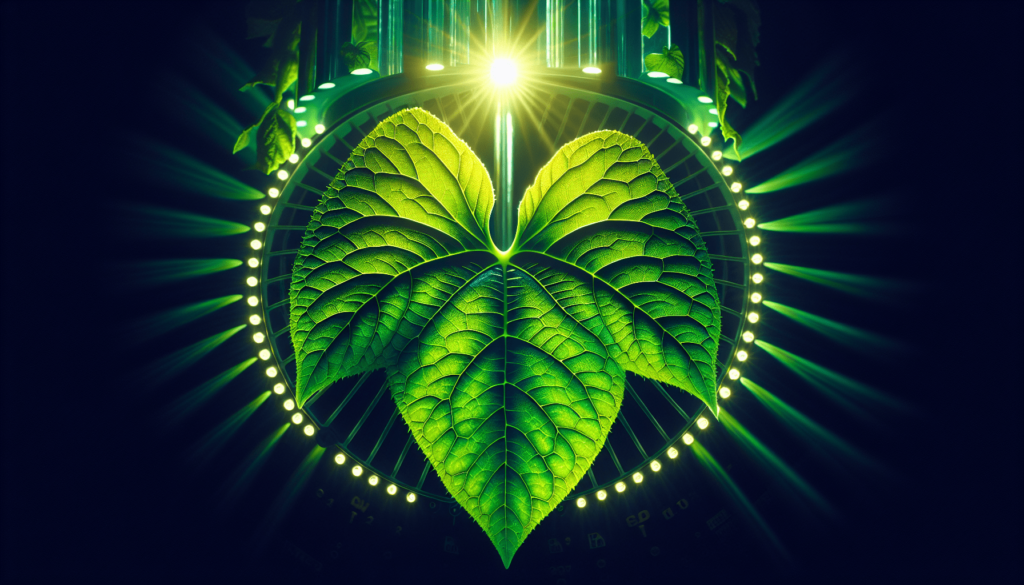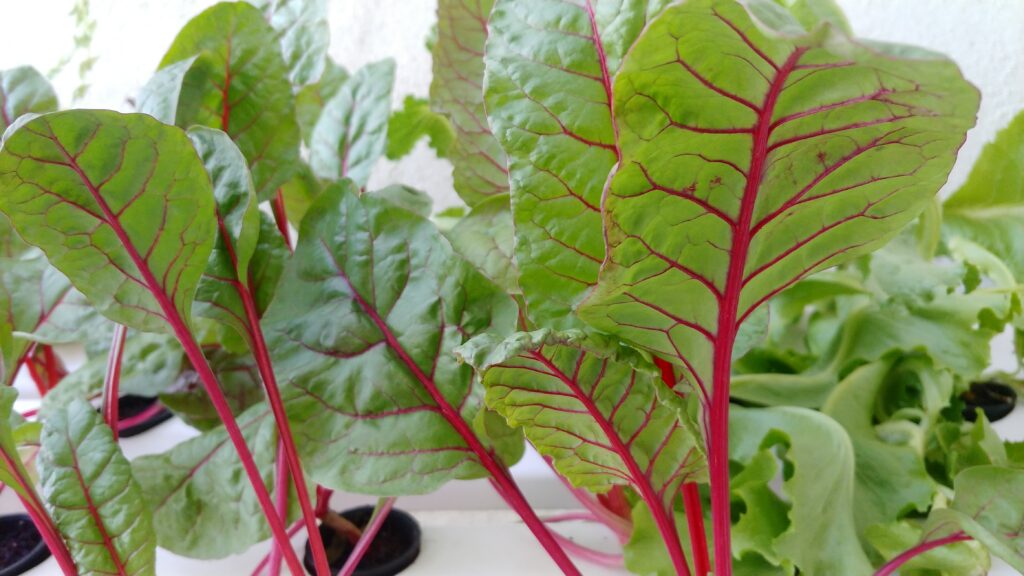If you’re eager to embark on the journey of creating your own aquaponics system, you may be wondering how to get started. One common question that arises when setting up this sustainable and efficient system is whether to stock the fish all at once or gradually. It’s an important decision that can impact the success of your system. In this article, we’ll explore the options and guide you through the process, providing you with insights and tips to ensure a thriving aquaponics setup. So, let’s dive in and unravel the mysteries of starting an aquaponics system!
Choosing the Right Location for Your Aquaponics System
Indoor or Outdoor?
When considering where to set up your aquaponics system, one of the first decisions to make is whether to go with an indoor or outdoor setup. Both options have their advantages and disadvantages.
An indoor system allows you to have complete control over the environment, regardless of external weather conditions. It also provides added protection from pests and other external factors that may affect the system. On the other hand, setting up an indoor system requires sufficient space, proper lighting, and ventilation systems to ensure optimal conditions for your plants and fish.
An outdoor system, while requiring less initial investment, utilizes natural sunlight and fresh air, making it more energy-efficient and environmentally friendly. However, it is essential to consider the climate and temperature fluctuations in your area, as extreme weather conditions can impact the performance of your aquaponics system.
Space Requirements
Once you have decided between an indoor or outdoor setup, you need to consider the space requirements for your aquaponics system. The size of your available space will determine the size and scale of your system.
For indoor systems, you will need sufficient square footage to accommodate the grow beds, fish tanks, and plumbing infrastructure. Additionally, you must ensure that there is enough clearance for appropriate lighting and ventilation systems.
For outdoor systems, you may have more flexibility in terms of space, but it’s still important to determine how much area you have available for the grow beds and fish tanks. Consider the layout of your outdoor space and ensure that you have enough room for expansion if you plan to scale up the system in the future.
Access to Sunlight
Aquaponics systems rely on the photosynthesis process of plants, which requires adequate sunlight. When selecting the location for your system, it’s crucial to evaluate the amount of sunlight the area receives throughout the day.
For outdoor systems, choose a spot that receives at least six hours of direct sunlight. This will ensure the healthy growth of your plants and allow them to convert sunlight into energy efficiently.
If you are setting up an indoor system, you will need to supplement natural sunlight with artificial lighting. Invest in high-quality grow lights that emit optimal wavelengths, replicating the full light spectrum needed for plant growth.
Proximity to Water Source
Water is the lifeblood of your aquaponics system, so having a convenient and reliable water source nearby is essential. Consider the proximity of your chosen location to a water supply, such as a tap or a well.
If you are setting up an indoor system, ensure that you have easy access to a water source and proper drainage to prevent water buildup. Outdoor systems may require the installation of irrigation systems or the use of rainwater harvesting techniques.
Additionally, keep in mind the quality of the water source. It is crucial to test the water for pH levels, contaminants, and other parameters to ensure it is suitable for your fish and plants.
Consideration of Climate
The climate of your region plays a significant role in the success of your aquaponics system. Different fish and plant species have varying temperature preferences and requirements.
For outdoor systems, it is crucial to select fish and plant species that are well-suited to the local climate. Consider the minimum and maximum temperature ranges your area experiences throughout the year and choose species that can thrive within those limits.
In indoor systems, you have more control over the climate. However, it is essential to monitor and regulate temperature, humidity, and CO2 levels to create an optimal environment for your fish and plants.
Designing Your Aquaponics System
Selecting the System Type
There are various types of aquaponics systems to choose from, each with its unique advantages and considerations. The most common types are media-based, nutrient film technique (NFT), and deep water culture (DWC).
Media-based systems use a grow bed filled with a growing media, such as gravel or expanded clay pellets, to support plant growth. The media also acts as a biofilter, providing a home for beneficial bacteria.
NFT systems use a sloping trough or channel to allow a thin film of water with nutrients to flow over plant roots. This method requires precise control of water flow and nutrient levels.
DWC systems submerge plant roots directly into the nutrient-rich water, providing optimal access to nutrients and oxygen. This system type requires reliable aeration to prevent root rot.
Consider the pros and cons of each system type, including the space requirements, maintenance needs, and the types of plants and fish suitable for each.
Determining the Size
The size of your aquaponics system depends on several factors, including your available space, the number of fish you plan to raise, and the amount of produce you want to grow.
Start by determining the maximum number of fish you want to stock in your system. A general rule of thumb is to have 20 gallons of water per pound of fish. This calculation will give you an estimate of the size of the fish tank.
Next, consider the number of grow beds you want to have and their size. The grow beds should have enough space to support the root systems of your chosen plants.
Keep in mind that larger systems require more maintenance and monitoring. It is advisable for beginners to start with a smaller, more manageable system and gradually scale up as they gain experience and confidence.
Choosing the Grow Bed and Fish Tank
The selection of your grow bed and fish tank materials is an important decision. The grow bed needs to provide adequate space and support for plant roots while also allowing for efficient water drainage.
Common materials for grow beds include food-grade plastic containers, wooden frames lined with pond liner, or even repurposed bathtubs or barrels.
The fish tank should be sturdy, non-toxic, and able to hold the required volume of water. Popular options include fiberglass tanks, plastic tubs, or even repurposed IBC totes.
When choosing the materials for both the grow bed and fish tank, consider factors such as durability, cost, ease of maintenance, and compatibility with the surrounding environment.
Planning the Plumbing and Filtration System
A well-designed plumbing and filtration system is crucial for maintaining water flow, ensuring proper nutrient distribution, and handling waste effectively within your aquaponics system.
Plan the layout of your plumbing system, considering the flow of water from the fish tank to the grow bed and back. Use appropriately sized pipes, valves, and fittings to maintain a steady flow rate and prevent clogs.
Incorporate a biofilter into your system to facilitate the nitrification process by providing a surface for beneficial bacteria to colonize. This filtration system helps convert toxic ammonia from fish waste into nitrites and then nitrates, which can be easily absorbed by plants.
Additionally, consider implementing mechanical filtration, such as settling tanks or filters, to remove larger particles and solids from the water before it reaches the grow beds.
Ensure that your plumbing system is accessible, well-maintained, and designed to be easily adjusted or expanded as your system evolves.
And that’s it! You’ve now learned how to choose the right location for your aquaponics system, design the system, select fish and plants, and maintain and troubleshoot potential issues that may arise. With these foundational steps, you’re well on your way to enjoying the benefits of your very own aquaponics system.


